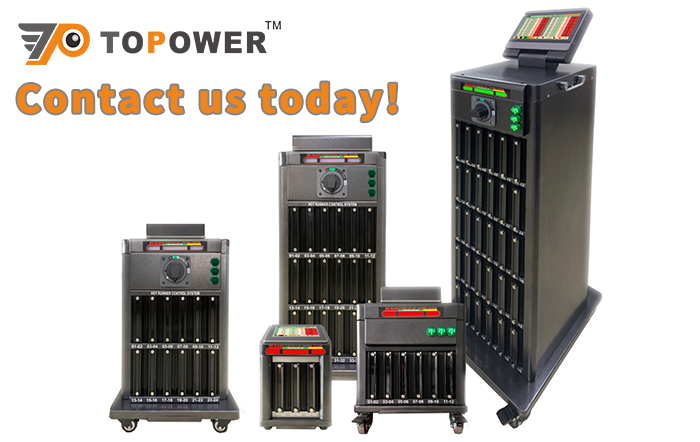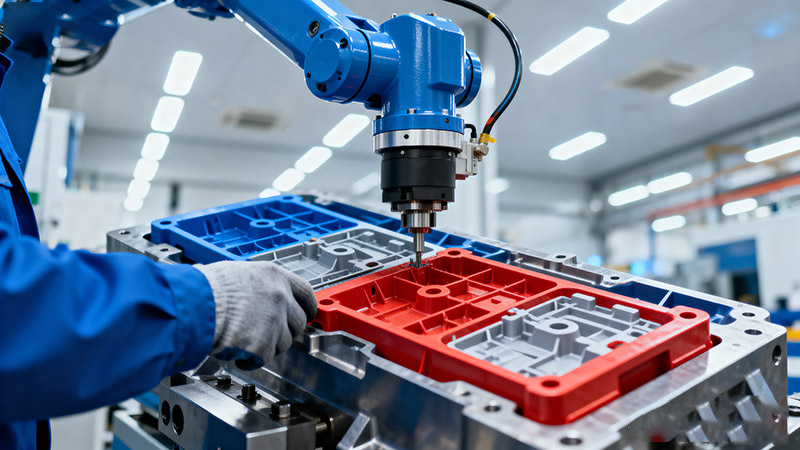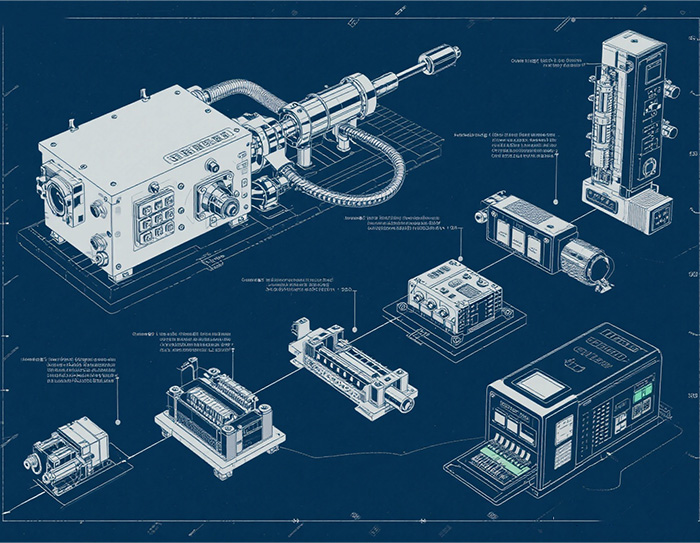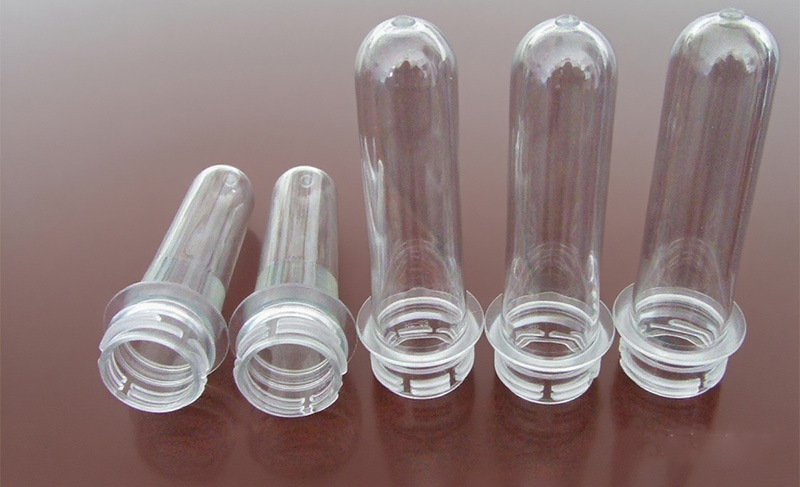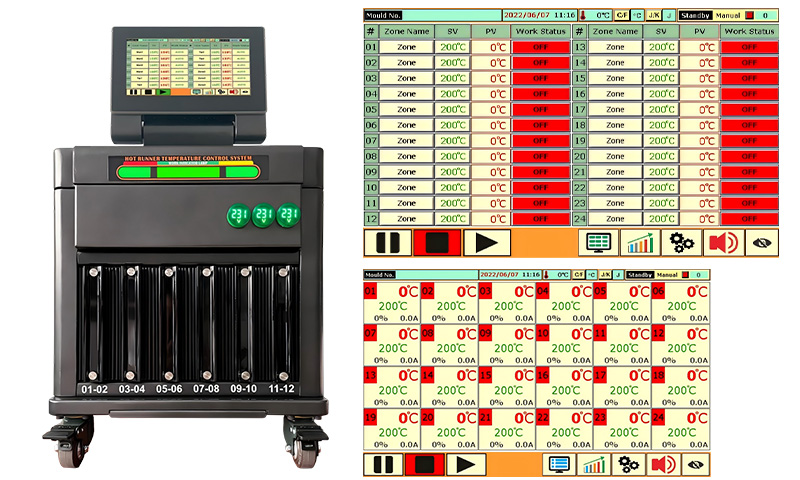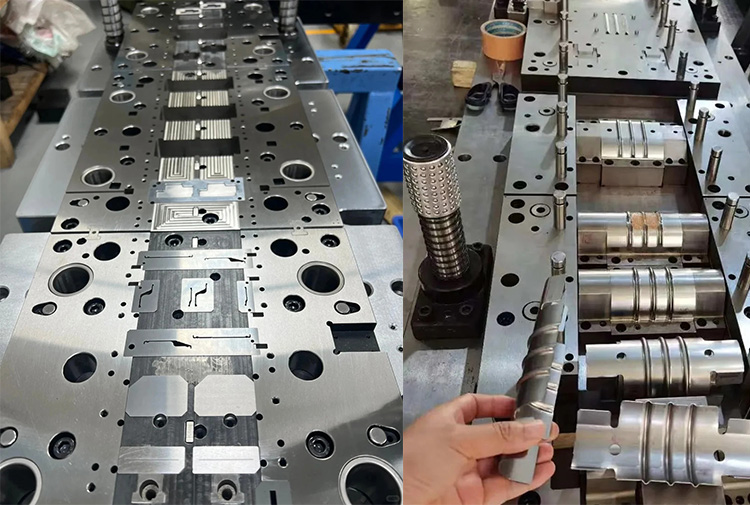IntroductionThe hot runner temperature controller is an essential component in modern injection mold...
Overmolding Injection Molding: Process, Benefits, and Comparison with Insert Molding
Introduction
In the competitive world of product design and manufacturing, engineers and procurement managers are constantly searching for ways to enhance functionality, improve ergonomics, and reduce costs. Among the advanced plastic molding techniques available today, overmolding injection molding stands out as popular solution.
But manufacturers often ask: How is overmolding different from insert molding? Both processes combine multiple materials into a single component, yet they serve various purposes.
What Is Overmolding Injection Molding?
Overmolding is a two-step injection molding process where one material is molded over another to form a single integrated part. Typically, a rigid substrate (plastic or metal) is first produced, and then a softer or secondary material (such as TPE, TPU, or silicone) is molded around or onto it.
Examples include:
Toothbrush handles with a soft rubber grip.
Power tools with vibration-dampening coatings.
Medical devices with anti-slip surfaces.
This technique is especially valued for its ability to combine aesthetics, ergonomics, and durability into a single product.
The Overmolding Process Step by Step
Base Substrate Creation – The rigid component is first produced via injection molding.
Transfer to Secondary Mold – The substrate is placed into a specialized overmolding cavity.
Injection of Overmold Material – The softer material is injected to cover specific areas of the substrate.
Bonding and Cooling – The two materials bond mechanically or chemically, forming a seamless component.
The result is a multi-material part that requires no adhesives, screws, or secondary assembly.
Benefits of Overmolding Injection Molding
Enhanced Functionality
Overmolding injection molding enables the fusion of contrasting materials, unlocking new levels of functionality. For example, in medical devices, a rigid plastic substrate provides structural integrity, while a soft overmolded elastomer layer delivers a comfortable, non-slip grip. This combination demonstrates how overmolding improves overall product performance.
Increased Durability and Strength
The integration of multiple materials through overmolding often results in stronger and more resilient products. This advantage is especially valuable in applications exposed to frequent wear, impact, or extreme environmental conditions.
Cost Efficiency
Although the initial setup cost of overmolding may be higher, the process often eliminates secondary steps such as painting, gluing, or assembling separate parts. By simplifying manufacturing, overmolding leads to long-term cost savings.
Aesthetic Appeal and Design Flexibility
Overmolding allows manufacturers to create products that are not only functional but also visually appealing. The ability to combine different colors, textures, and surface finishes opens the door to innovative designs that strengthen brand image and boost consumer appeal.
Greater Design Freedom
Unlike traditional single-material processes, overmolding breaks design limitations. It enables the creation of complex geometries that would be difficult—or even impossible—to achieve otherwise. This design freedom fosters innovation and the development of groundbreaking products.
Simplified Assembly
Overmolding integrates multiple components into a single unit, reducing the need for additional assembly. This streamlines the production process, lowers manufacturing costs, and enhances product integrity.
Improved Ergonomics
By allowing ergonomic features to be built directly into the product design, overmolding enhances user experience. For instance, handles and grips can be covered with soft, comfortable materials that reduce fatigue and improve usability.
Shock Absorption and Noise Reduction
Specific overmold materials can effectively absorb shocks and minimize noise levels. This benefit is particularly valuable for products like power tools, household appliances, and electronic devices.
Weather and Chemical Resistance
Certain material combinations achieved through overmolding significantly improve resistance to harsh weather conditions and chemical exposure. This property is essential for products designed for outdoor use or applications involving contact with aggressive substances.
Applications of Overmolding Injection Molding
Overmolding injection molding are widely used across different industries, offering versatile solutions for manufacturers who want to enhance their products. Whether it’s for better grip, vibration damping, improved comfort, waterproof sealing, or sound absorption, overmolding provides a multi-functional approach to product design.
Consumer Goods
Overmolding is commonly applied in everyday products such as tools, household appliances, and electronic devices. The addition of soft-touch materials not only improves comfort but also enhances durability and user experience.
Automotive Industry
In the automotive sector, overmolding is used in handles, grips, interior trims, and functional parts. It provides improved ergonomics, noise reduction, and resistance to wear, making vehicles more comfortable and durable.
Medical Industry
Medical devices benefit significantly from overmolding, particularly in instrument handles, grips, and surgical tools. The process enhances ergonomics, ensures non-slip surfaces, and supports hygiene with smooth, easy-to-clean finishes.
Electrical and Electronics Industry
Overmolding is widely used in connectors, cables, and protective casings. It improves insulation, provides waterproof sealing, and ensures reliable performance in demanding environments.
Beauty and Personal Care Industry
From toothbrushes to cosmetic containers, overmolding allows the integration of stylish, ergonomic designs with functional surfaces, combining both aesthetics and practicality to attract consumers.
What Is Insert Molding?
While similar to overmolding, insert molding has a different focus. In this process, a pre-formed part (often metal, such as a threaded insert or electrical contact) is placed into the mold cavity. Plastic resin is then injected around the insert, locking it firmly in place.
Examples include:
Electrical connectors with embedded metal pins.
Plastic knobs with threaded metal cores.
Automotive fasteners combining plastic and steel.
Insert molding is primarily used for structural reinforcement and functional integration.
Overmolding vs. Insert Molding: Key Differences
Pros and Cons of Each Process
| Feature | Overmolding | Insert Molding |
| Process | Soft/secondary material molded over a rigid substrate | Plastic molded around a pre-placed insert |
| Purpose | Comfort, grip, aesthetics, protection | Structural strength, conductivity, mechanical function |
| Materials Used | Rigid plastics + soft elastomers (TPE, TPU, silicone) | Plastic resins + metal inserts (steel, brass, aluminum) |
| Applications | Consumer goods, medical devices, automotive interiors | Electrical connectors, fasteners, threaded components |
| Cost Implications | Higher tooling complexity but saves secondary assembly | Cost-effective for integrating metal and plastic |
Overmolding
√ Adds comfort and aesthetic value
√ Eliminates adhesives or secondary assembly
× Requires precise material compatibility
× More complex tooling setup
Insert Molding
√ Provides strong mechanical bonds
√ Integrates metal-plastic parts efficiently
× Extra step of placing inserts
× Risk of defective placement if misaligned
How to Choose Between Overmolding and Insert Molding
Choose overmolding if your product requires ergonomics, enhanced grip, or aesthetic appeal.
Choose insert molding if you need structural reinforcement, metal-to-plastic bonding, or electrical conductivity.
In many cases, manufacturers use both processes strategically, depending on the product requirements.
Conclusion
Overmolding injection molding has become a powerful technique for manufacturers across industries—from consumer goods and automotive to healthcare, electronics, and even cosmetics. Its ability to enhance product ergonomics, durability, and aesthetics makes it a go-to solution for companies seeking innovation and market differentiation.
At CNTOPower, we specialize in providing advanced hot runner systems, temperature controllers, and precision injection molding solutions that empower manufacturers to achieve reliable, high-quality overmolding results. Whether you need to optimize your production efficiency, improve product consistency, or explore new design possibilities, our solutions are designed to support your success.
Ready to take your injection molding projects to the next level?
Visit us at www.cntopower.com to learn more, request a quote, or speak directly with our team of experts. Let’s build smarter, more efficient, and more innovative products—together.
